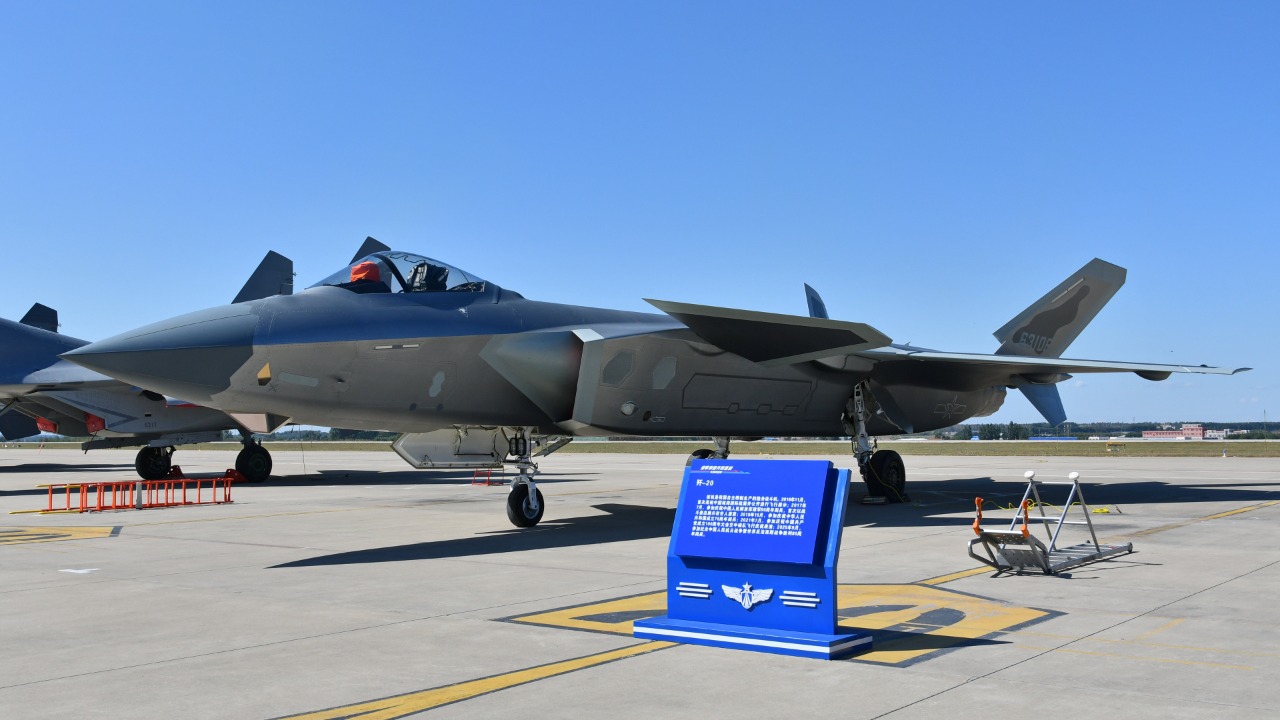
China’s J-20 Mighty Dragon stealth fighter is more than just an advanced aircraft; it’s a direct signal to the U.S. Air Force. The aircraft’s design and deployment strategy underscore its core purpose: to challenge American air superiority in the Asia-Pacific region. The J-20’s capabilities are specifically tailored to counter U.S. stealth fighters like the F-22 and F-35, sending a clear message to the U.S. military.
The Development History of the J-20
The J-20 Mighty Dragon made its initial appearance at the 2011 Zhuhai Airshow, a product of the Chengdu Aerospace Corporation’s rigorous prototype testing. From its first flight in 2011, the aircraft quickly progressed to operational service with the People’s Liberation Army Air Force by 2017, marking its evolution as a fifth-generation fighter. A significant milestone in its development was the shift to domestic WS-10C engines around 2020, a move that emphasized China’s self-reliance in propulsion technology.
Key Design Features of the Mighty Dragon
The J-20’s stealth characteristics are a testament to advanced engineering. Its radar-absorbent materials and canard-delta wing configuration reduce its infrared signature, making it harder to detect. The aircraft also boasts advanced avionics integrations, including an active electronically scanned array (AESA) radar and an electro-optical targeting system for beyond-visual-range engagements. Its armament options, such as internal bays for PL-15 missiles, enable it to undertake air superiority missions.
The Strategic Purpose Driving the J-20
Defense assessments suggest that the J-20 exists for one singular reason: to deter U.S. intervention in potential Taiwan Strait conflicts. The aircraft plays a crucial role in China’s anti-access/area denial (A2/AD) strategies, integrating with the country’s broader missile and naval assets. Experts have noted the aircraft’s emphasis on long-range strike capabilities, designed to neutralize U.S. carrier groups.
A Surprising Message Encoded in J-20 Capabilities
The J-20’s capabilities encode a surprising message for the U.S. Air Force. Its demonstrated supercruise ability without afterburners signals parity in sustained high-speed operations. Flight demonstrations over the South China Sea project power projection, directly challenging U.S. patrols in contested areas. Recent upgrades, such as improved sensor fusion, imply a readiness to contest airspace dominance.
Comparisons with U.S. Stealth Fighters
When compared to U.S. stealth fighters, the J-20’s range of approximately 2,000 kilometers offers advantages in Pacific theater scenarios, outstripping the F-22 Raptor’s shorter combat radius. The J-20’s larger size allows for more internal fuel and weapons, contrasting with the F-35’s multirole versatility. While U.S. platforms lead in data fusion, the J-20 counters with quantity in potential swarm tactics.
Implications for U.S. Air Force Strategy
The deployment of the J-20 along China’s eastern coast forces the U.S. to reconsider its basing in Japan and Guam due to vulnerability to long-range strikes. This has led to procurement responses, including accelerated funding for the Next Generation Air Dominance (NGAD) program to maintain technological superiority. Joint exercises like Red Flag, where simulations of J-20 encounters inform U.S. pilot training adaptations, underscore the strategic implications of the J-20’s development.
More from MorningOverview